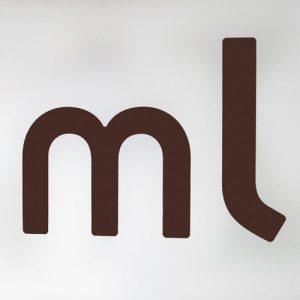
COMPARISON OF ATARI AND SEGA
AS TO COPYRIGHT INFRINGEMENT BY REVERSE ENGINEERING
© 1993 Ralph M. Tener
All Rights Reserved
McCandlish & Lillard, P.C.
11350 Random Hills Road, Suite 500
Fairfax, Virginia 22030
(703) 934-1170
| Atari Games Corp. v. Nintendo of America, Inc. |
Sega Enterprises Ltd. v. Accolade, Inc. |
| Federal Circuit | Ninth Circuit |
| September 9, 1992 | October 20, 1992 |
| 975 F.2d 832 | 977 F.2d 1510 |
| Preliminary injunction against Atari affirmed because Nintendo has shown likelihood of proving substantial similarity between Atari and Nintendo programs and use of illicitly obtained copy of Nintendo source code “taints” the reverse engineering that would otherwise have been protected as fair use | Preliminary injunction in favor of Sega reversed because disassembly of Sega program constituted fair use |
| Rival video game manufacturer reverse engineers validation software in plaintiff’s game cartridges in order to develop games that operate on plaintiff’s game system– Extremely complex electronic lock and key system– First attempt was to monitor communication between master and slave chips (unsuccessful)– Second attempt was to chemically “peel” the ROM chips and examine the revealed object code by microscope (unsuccessful)– In third attempt, Atari attorney falsely stated the Copyright Office that Atari was defendant in litigation and therefore needed the source code for the validation program. Using the source code to correct errors in handwritten representation of object code by Atari analysts, Atari was able to develop a program which generates signals which were “functionally indistinguishable” from those generated by the Nintendo program | Rival video game manufacturer reverse engineers validation software in plaintiff’s game console and cartridges in order to develop games that operate on plaintiff’s game system– Accolade then:(1) purchased a game console and three game cartridges,(2) wired a disassembler into the console circuitry,(3) created printouts of pseudo-source code(4) analyzed the printouts for areas of commonality(5) loaded portions of the disassembled code into a computer and experimented to discover the interface specifications for the console(6) created a development manual which included the interface information so discovered (did not include any Sega code)(7) created its own games using the interface specifications (but no Sega code)(8) when a new model of the Sega console with an additional validation feature was released, Accolade reviewed the Sega code again and added a header file consisting of 20 to 25 bytes of data (the only Sega code contained in Accolade games which consist of .5 to 1.5 MB of code) |
| Held: Atari made intermediate copies of the Nintendo program by:(1) peeling the Nintendo chips and copy portions of Nintendo object code(2) copying the Nintendo code obtained from the Copyright Office and entering it into a computer to better analyze and understand it | Held: Accolade made an infringing copy of the Sega program by disassembling it |
| Held: The intermediate copying would have constituted fair use since that is the only way to understand the Nintendo program, but was tainted to the extent the Nintendo source code illicitly obtained from the Copyright Office was used | Held: The intermediate copying constituted fair use because Accolade had a legitimate interest in obtaining access to the unprotected aspects of the Sega program and disassembly was the only means of gaining such access |

